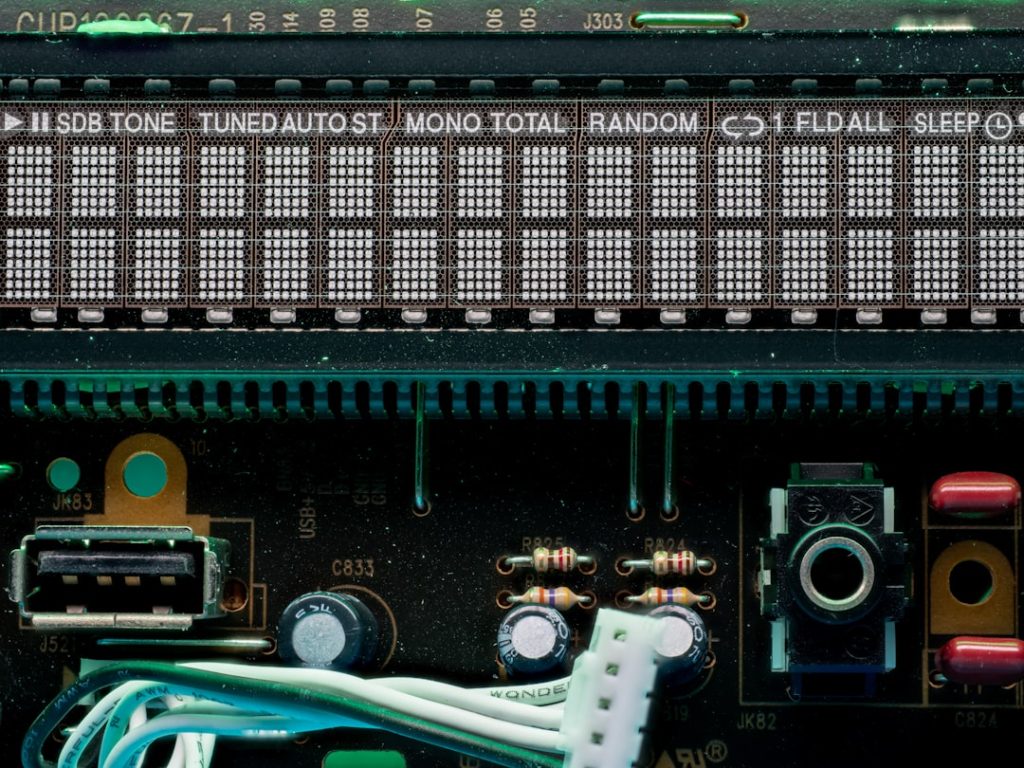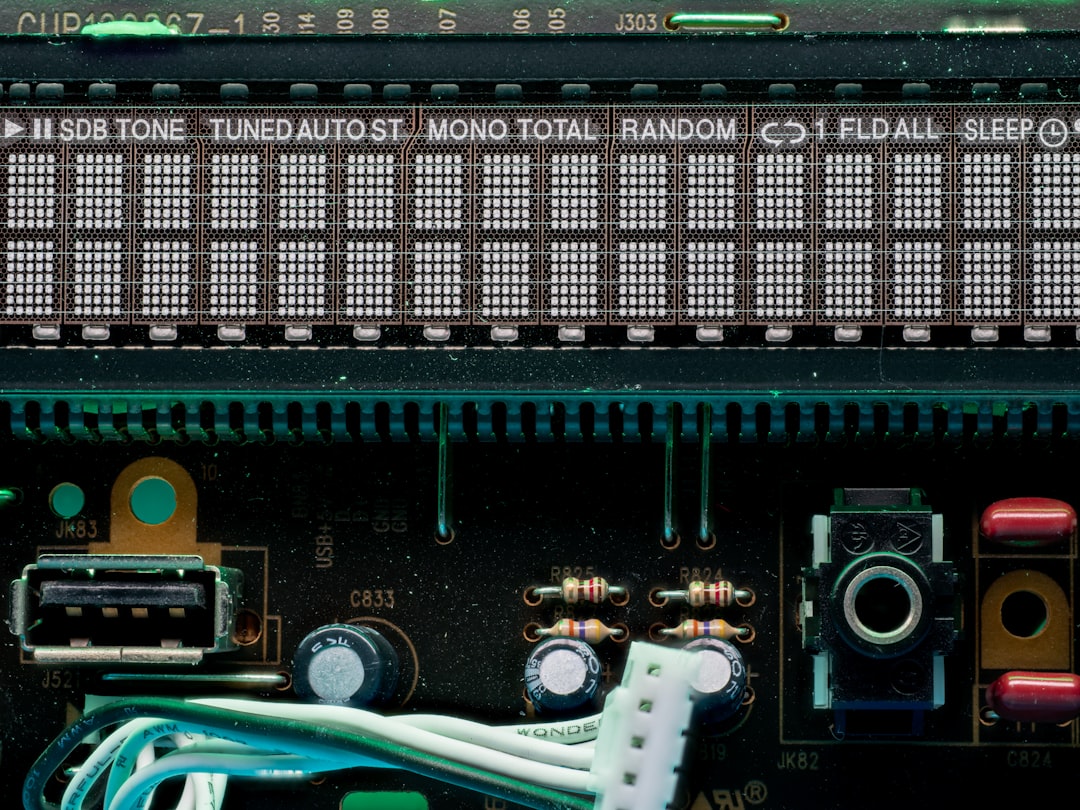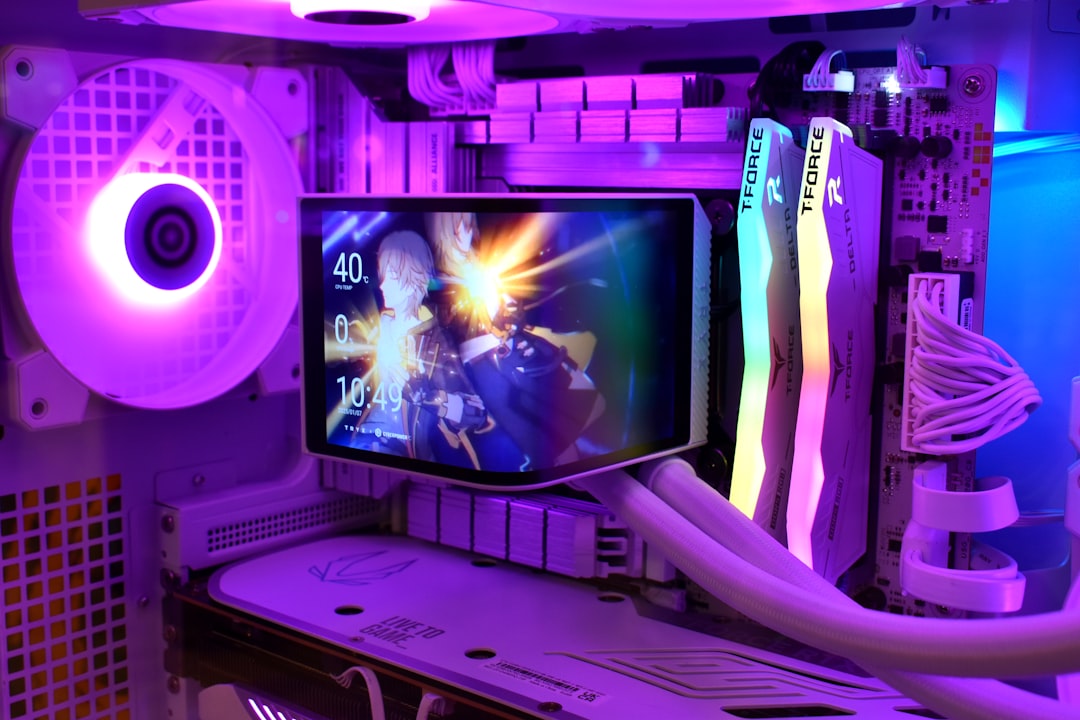X870E vs X670E: Which AM5 Board Platform to Buy?

With AMD’s continued commitment to the AM5 socket, PC builders are now faced with a choice between two high-end motherboard chipsets: the newer X870E and the slightly older yet still fully capable X670E. Both platforms cater to enthusiasts and gamers who demand cutting-edge features, but with different priorities in mind. If you’re planning a new Ryzen build or looking to upgrade, knowing the differences between these two chipsets is essential to making the right investment.
TL;DR
The X870E is a refresh of the X670E platform, offering improved out-of-the-box support for PCIe 5.0, USB4, and future CPUs. However, X670E boards have matured and often come at a slightly lower cost while still offering similar performance in most real-world scenarios. If you want to future-proof your build, the X870E is a smarter pick. But for value and availability, the X670E still holds strong appeal.
What is the AM5 Platform?
The AM5 platform, introduced by AMD with its Ryzen 7000 series processors, marked a major shift in architecture by adopting DDR5 memory and PCIe 5.0 support across the board. Most importantly, AMD has confirmed that the AM5 socket will receive continued support through at least 2027, making it an excellent long-term choice for upgraders and new builders alike.
With this foundation, motherboard makers have released multiple chipset tiers—B650, X670, and now X870—to provide flexibility for different user needs. Among them, X670E and X870E represent the top-end, ensuring full enthusiast-level features, superior component quality, and expanded connectivity options.
Key Features Comparison
| Feature | X870E | X670E |
|---|---|---|
| PCIe 5.0 Support | GPU + NVMe (native and required) | GPU + NVMe (may depend on model) |
| USB4 Support | Native and more widespread | Limited or via add-on chips |
| DDR5 Support | Yes, improved compatibility and speed | Yes |
| Chipset Architecture | Refined version of X670 | Dual-chip design using older silicon |
| Overclocking Features | Enhanced voltage controls and tuning precision | Robust features, but slightly older BIOS platforms |
| CPU Compatibility | Ryzen 7000 and beyond (6000 series APUs supported) | Ryzen 7000 (APU support limited) |
PCIe 5.0 and Storage Bandwidth
One of the biggest reasons builders lean toward the flagship-tier motherboards is PCIe 5.0. The X870E requires native PCIe 5.0 support for both GPU and storage, meaning you won’t have to hunt for specific board models—it’s standard across the lineup. For users aiming to pair future-ready GPUs and ultrafast NVMe drives without compromise, the X870E simplifies the choice.
On X670E boards, although PCIe 5.0 is technically supported, it’s often implemented only for either the GPU or the M.2 slot—sometimes not both, depending on the specific board configuration and price point.

USB4 Integration
A notable leap with X870E is better out-of-the-box support for USB4, yielding faster transfer speeds, better docking support, and compatibility with more Thunderbolt-based accessories. While some X670E motherboards offer USB4, it’s typically through an extra controller and often limited to premium models only.
For professionals utilizing high-speed storage arrays, external GPUs, or Thunderbolt docks, the native inclusion of USB4 on X870E boards makes them particularly future-ready.
Overclocking and BIOS Improvements
Both platforms offer solid support for overclocking, especially for enthusiast-grade CPUs like the Ryzen 9 7950X. However, X870E boards benefit from refined voltage delivery systems and better overall power phase designs thanks to improvements in VRM layout and motherboard signal routing.
Additionally, since X870E is a newer platform, it launches with more mature BIOS implementations and software tools from day one, offering better stability, intuitive UI, and quicker boot times for DDR5 memory tuning.
Longevity and Future CPU Support
AMD’s commitment to AM5 means both X670E and X870E will support upcoming Ryzen generations. However, the X870E series is launched with next-gen CPU upgrades in mind. It guarantees better compatibility with chips based on future architectures, possibly including AI-centric co-processors and additional instruction sets.
Moreover, if AMD decides to enable new features via firmware in future CPUs, the X870E has a higher chance of supporting them fully without hardware limitations, thanks to its enhanced chipset and improved firmware stack.
Pricing and Availability
As with any new platform, X870E motherboards are launching at a premium. Expect pricing to start $20–$50 higher on average compared to similar X670E boards. On the flip side, since X670E has been on the market longer, it offers a wider selection of form factors, from budget ATX options to full-featured E-ATX monsters.
This makes the X670E a potential sweet spot for price-conscious gamers or those looking to put more funds into a better GPU, NVMe drive, or cooling setup.
Form Factor and Aesthetic Options
One advantage X670E holds—for now—is board variety. There are dozens of X670E models from every major brand offering unique layouts, color schemes, and features like RGB lighting or reinforced PCIe slots. X870E models are emerging steadily, but they tend to follow the same high-end aesthetic: sharp, angular heatsinks and armored components.

If you’re designing a themed build, the current variety under X670E might offer more design flexibility—though expect the X870E lineup to broaden in the coming months.
Who Should Buy X870E?
- Gamers and creators seeking long-term platform investment
- Builders who want full speed PCIe Gen5 NVMe + GPU support out-of-the-box
- Users planning to run USB4 hubs, docks, or high-speed peripherals
- Tech enthusiasts who upgrade CPUs and GPUs every generation
Who Should Buy X670E?
- Cost-conscious builders who still want premium features
- Users looking for a stable, well-supported platform for Ryzen 7000 series
- Designers who want more aesthetic flexibility in their build
- Gamers who prioritize GPU budget over motherboard bleeding-edge features
Final Thoughts
The X870E is clearly aimed at pushing enthusiasts and professionals into a more future-friendly computing experience. With native PCIe 5.0 and USB4, better tuning capabilities, and sharper forward compatibility, it’s the logical choice for users with no compromise in mind.
But that doesn’t mean the X670E is obsolete—not by a long shot. It’s matured, better documented, more widely available, and offers nearly 90% of the real-world benefit at a potentially lower cost. For many builders, it strikes a perfect balance between performance and value. Ultimately, your choice will depend on how bleeding-edge you want to go, and how much you’re willing to pay for future readiness today.
